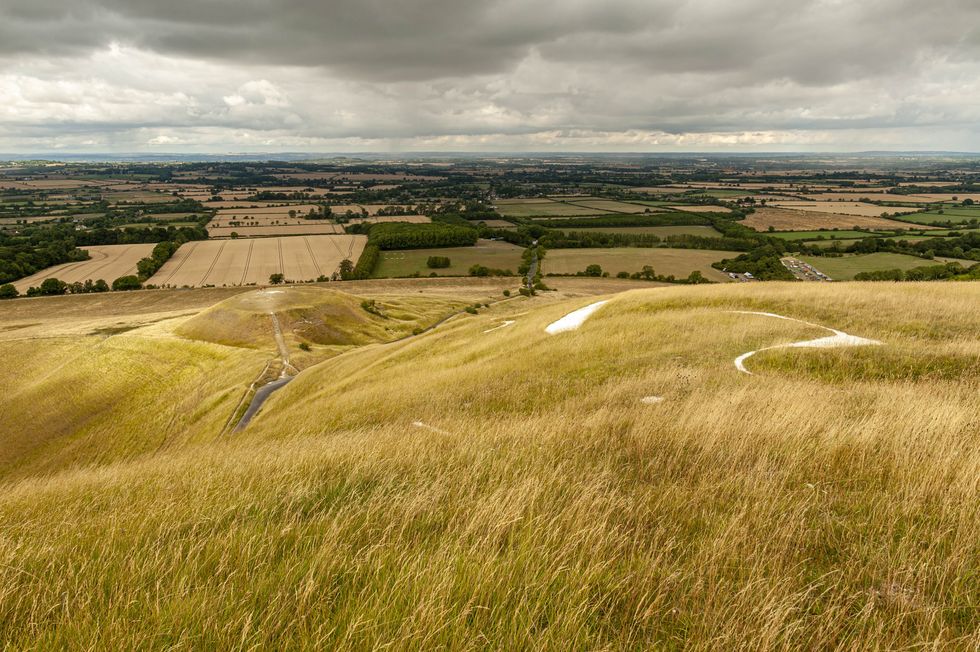Renowned filmmaker Tim Burton has long been associated with a distinctive gothic style that permeates his work. This aesthetic has sometimes extended into his personal living spaces.
In 2006, the film director and his partner at the time – Helena Bonham Carter – purchased Mill House, an 18th-century country home in Oxfordshire, for £2.9million.
The Grade II-listed home boasts eight bedrooms and holds historical significance as the former residence of Bonham Carter’s great-grandfather, Herbert Henry Asquith, who served as Prime Minister.
Burton added his unique touch to the estate’s eight-acre garden, installing an array of hand-painted dinosaur statues. The centrepiece was a 25ft-tall T-Rex.

Tim Burton home dates from the 18th-century
GETTY
Following the couple’s separation, the Big Fish director retained ownership of the landmark property.
The home is nestled in the historic England village of Sutton Courtenay, located two miles from Abingdon.
The village, steeped in history, lies three miles north-east of Didcot in Oxfordshire, situated along the B4016.
Its name has Saxon origins, with “Sutton” meaning “South Town” or “South Farm”.
The “Courtenay” addition came in the 12th century after Reginald Courtenay became Lord of Sutton.
The charming area boasts a rich tapestry of historical buildings and has become home to several notable figures over the years.
One such figure is Jacques Goddet, the renowned organiser of the Tour de France.
Sutton Courtenay offers a variety of dining options to visitors and locals, with several pubs and restaurants scoring high ratings on Trip Advisor.
The Fish, George and Dragon, and the Swan Foodhouse & Bar are among the most favoured establishments.
LATEST DEVELOPMENTS
 Oxfordshire is home to historical buildings and sweeping meadowsGETTY
Oxfordshire is home to historical buildings and sweeping meadowsGETTY
After sampling local cuisine at the eateries, visitors can explore the village’s historical sites.
Experts at Berkshire History, said: “The village is unusual in that it is the home of three very historic domestic buildings.
“The ancient Manor House at the focus of the late Saxon manor, which was also the site of a Royal palace.
“Most of the present building dates from the 14th and 16th centuries.”